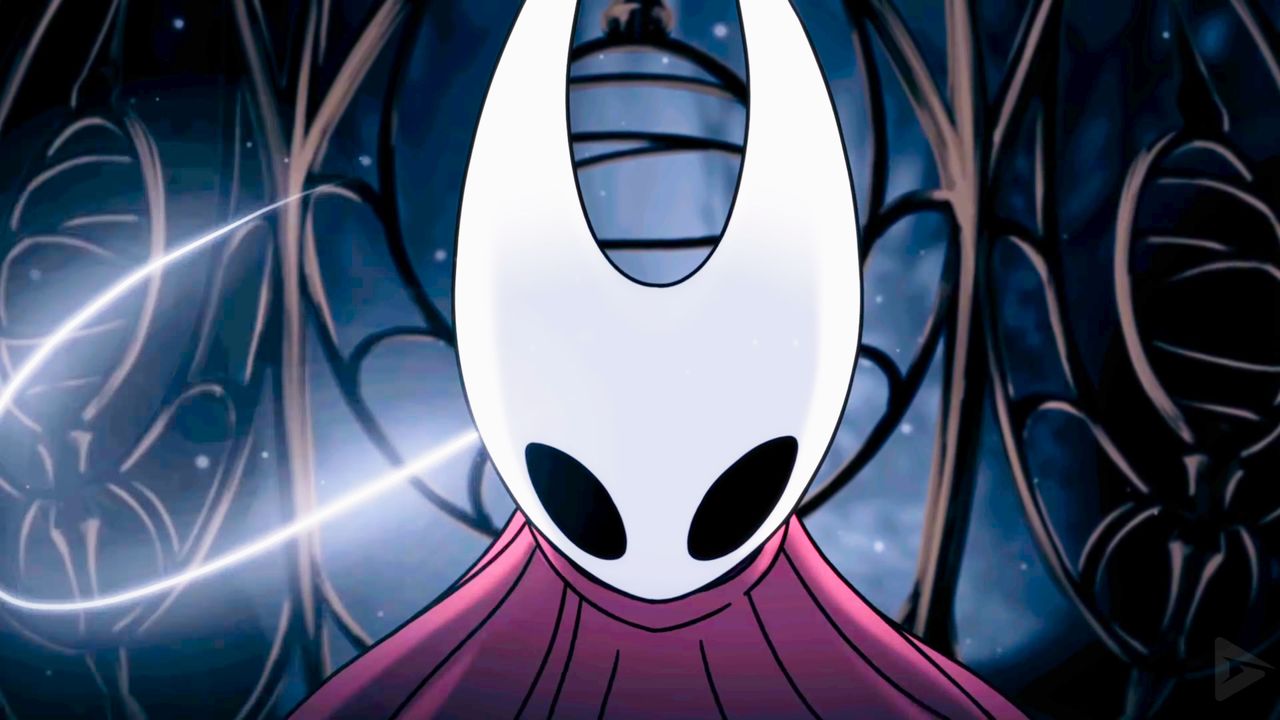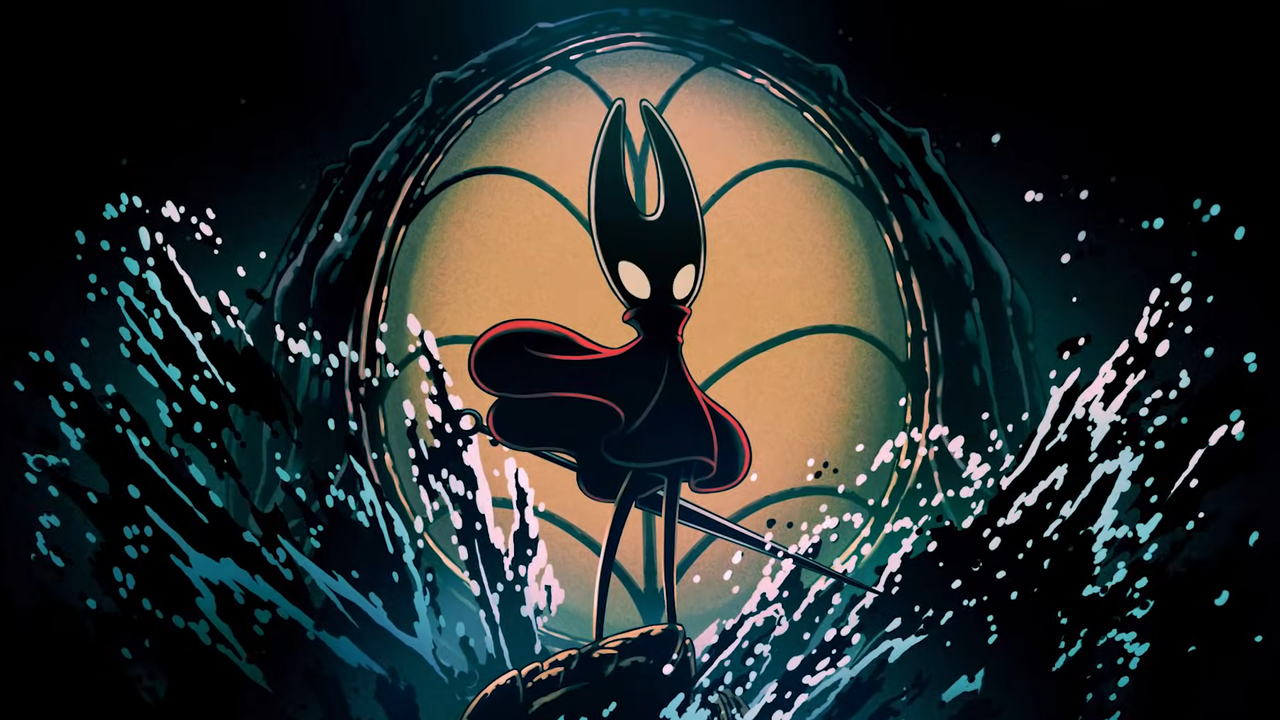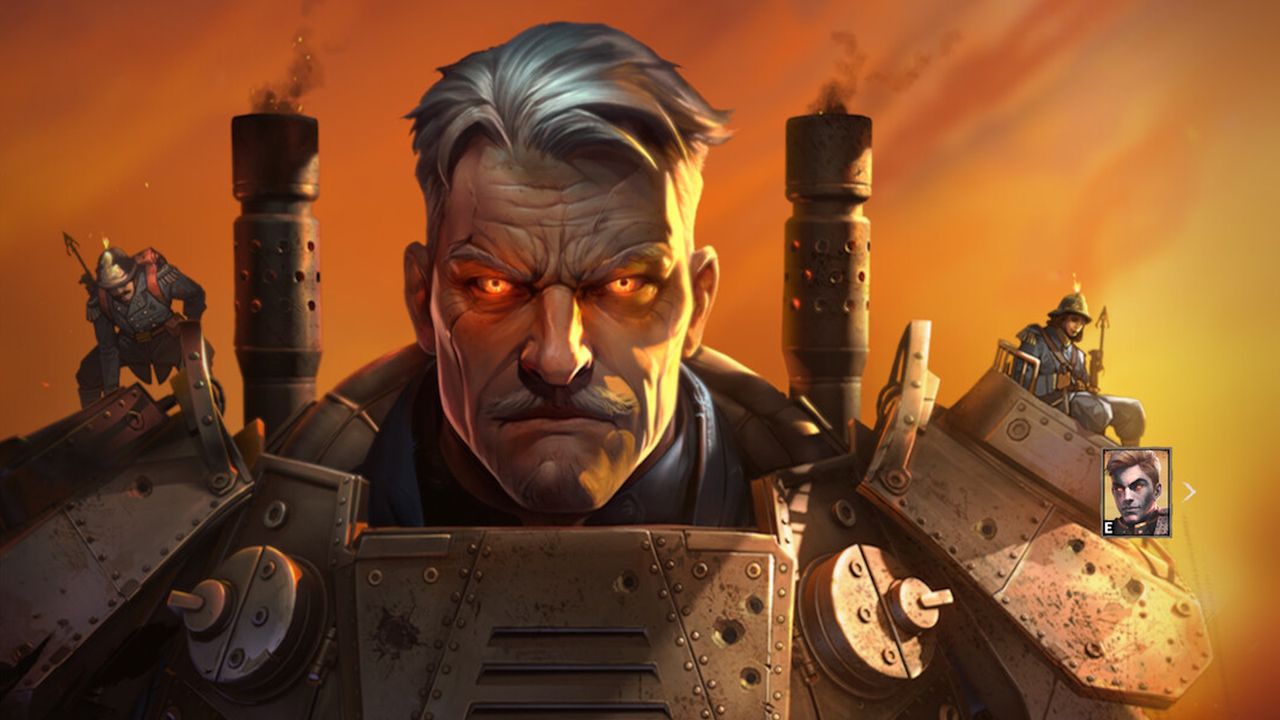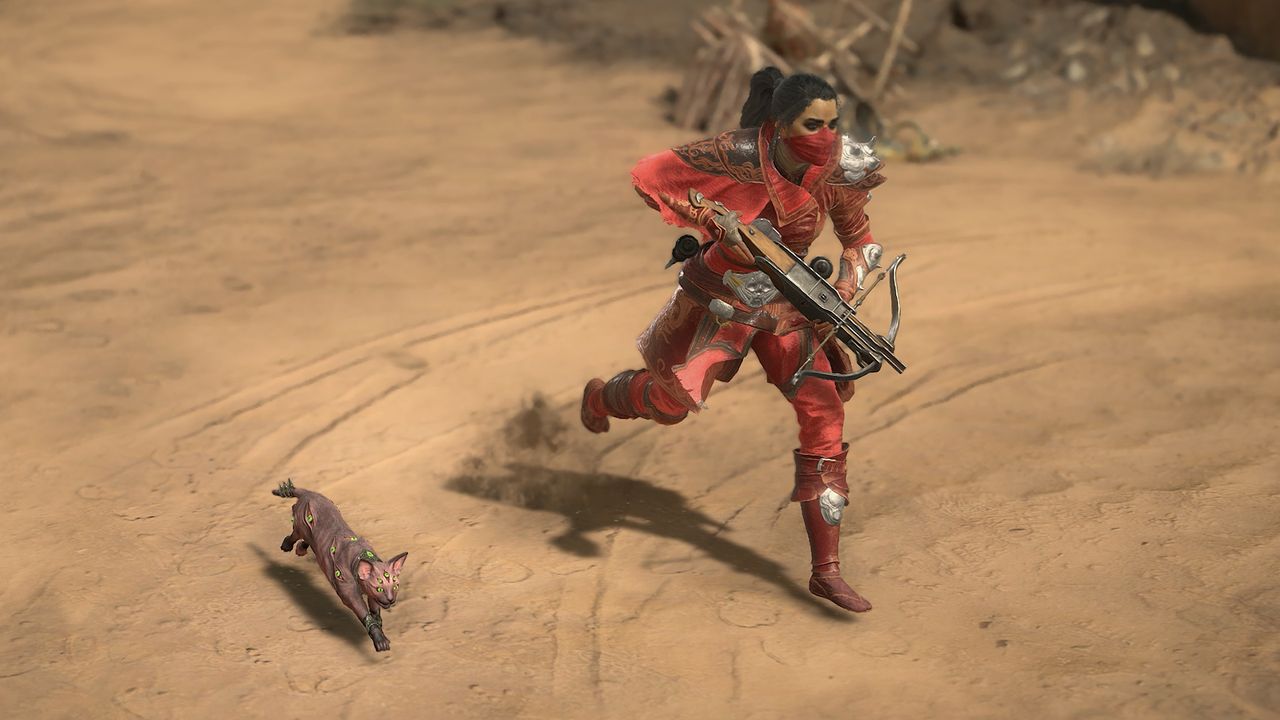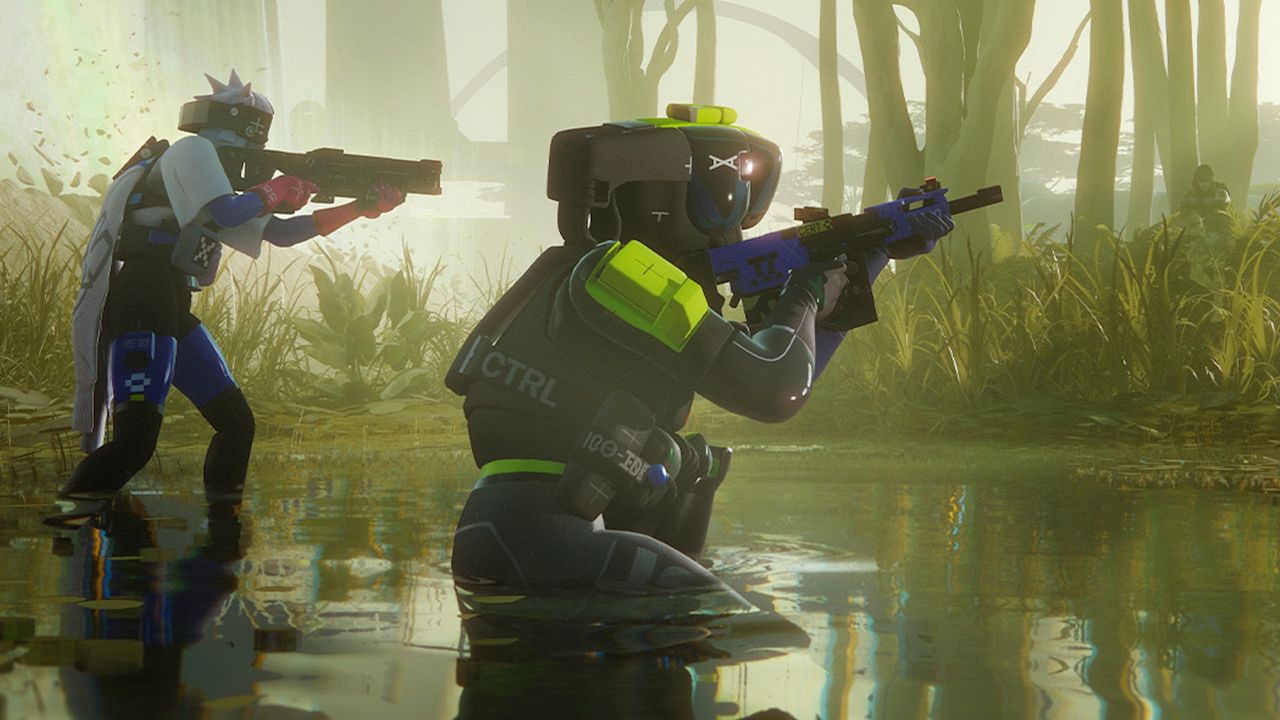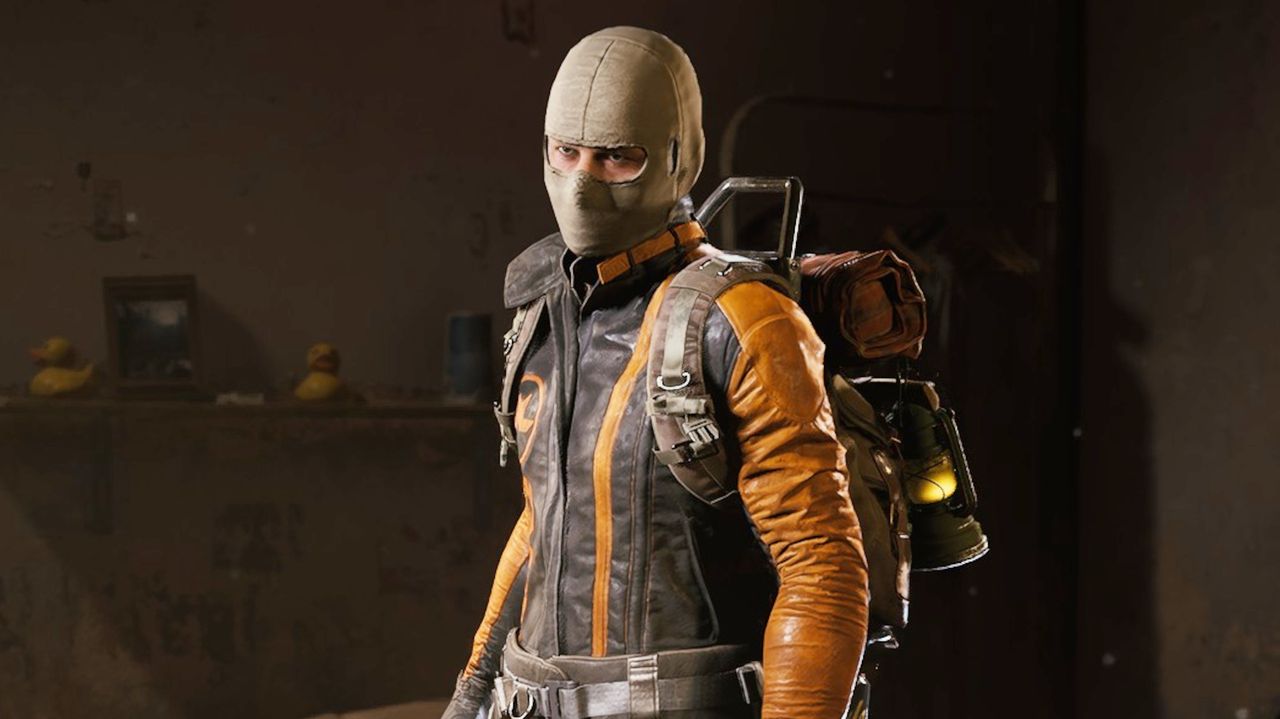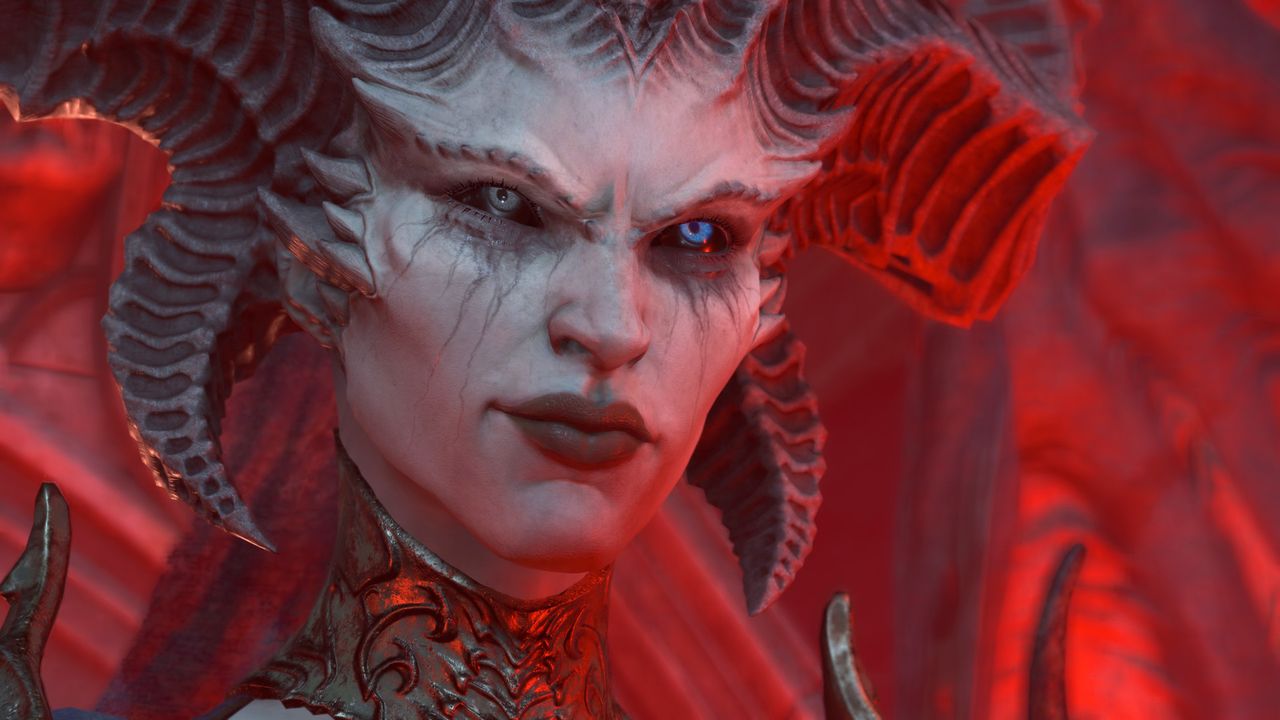
Destiny has always been the “we’ve got Star Wars at home” looter shooter, and with Destiny 2: Renegades, Bungie has decided to lean into that directly with a crossover expansion. Weirdly enough, that decision has worked out for the most part! Renegades doesn’t solve many of Destiny 2’s longstanding issues, including the fact that it’s been awkwardly spinning its wheels for over a year now (reminiscent of the MCU post-Endgame), but embracing the cheesiness and over-the-top drama of Star Wars is at the very least a surprisingly nice change of pace for what has otherwise become quite a predictable universe. Sure, the story is as corny and derivative as can be, and the new activity you’re encouraged to grind repeatedly starts to feel thin before that tale even concludes, but the few new mechanics, vehicles, and weapon types we do get are interesting enough, and the endgame activity is well-worth setting aside a few hours to run through. If you were waiting for a game-changing expansion to warrant diving back into Destiny 2, this isn’t it, but it’s not the worst way to pass your time if you’ve got a hankering for some looter shooter goodness or just love Star Wars.
If you’ve read any of my previous expansion reviews (of which there are a lot), then you’ll already know I am a weirdo Destiny fan who has stuck with this game through thick and thin – so it should mean something when I tell you that saying I am also a Star Wars fan would be such a massive understatement that I’m actually too embarrassed to elaborate further publicly. But even with my undying love of space wizards, I was initially mortified to learn Destiny 2 was planning a crossover with it. For me, it was the ultimate sign that Destiny was out of ideas, had gone “full Fortnite” in a way that seemed cheap and tacky, and was making one last desperation play during the slow death it’s been suffering for a number of years now. And, yeah, that all pretty much turned out to be true. But when I found myself watching two lightsaber-wielding foes square off in an epic cutscene while listening to the John Williams-esque music this expansion makes heavy use of, I’ll admit it won me over… at least a little.
Renegades does go out of its way to include every little Star Wars reference to a degree that can feel a bit forced – a crutch that’s continuously leaned upon in lieu of original ideas. For example, in the very first mission alone, you’ll find yourself trapped in a garbage compactor, rescuing someone from off-brand carbon freezing, and making a jump to lightspeed while a brooding, laser sword-wielding masked villain angrily watches you escape his grasp. It’s extremely on the nose stuff, and I was just as likely to experience a full-body cringe as I was to smile about it. But the complete “screw it” energy at play here as it full-throatedly embraces all the corniness and drama for which Star Wars is known does have a certain kind of refreshing charm that’s at least a distinct direction for Destiny 2. I’ve been complaining about this game feeling stale for at least five years now, so I’ve got to give Bungie a bit of credit for trying something new here.
Sadly, the neat Star Wars-inspired story is weighed down by quite a bit of added fat that presumably is there in hopes you won’t notice how short Renegades would be without it. In between the precious few story missions, you’ll be sent off to run the new Lawless Frontier activity (more on that later), which drip feeds little bits of info before the next real mission actually moves the plot forward. Many of the non-filler quests use the same maps as the Lawless Frontier as well, but they’re at least filled with more unique stuff to do, like one quest where you blow up what looks an awful lot like Jabba’s sail barge in front of what looks an awful lot like the sarlacc pit (also known as the Great Pit of Carkoon). To its credit, it does introduce some interesting characters like Aunor, who is basically just a Jedi Knight, and Dredgen Bael, our emotional red leather daddy Sith Lord, who spends all his time aura farming and making my wife squeal with alarming delight. The whole thing wraps up with a pretty satisfying ending, too, despite doing very little to move the actual overarching story in Destiny 2 forward at all.
The Lawless Frontier activity that Renegades repeatedly pushes you towards works like an extremely barebones extraction shooter. You and two others are dropped into one of three maps and directed towards a series of the typical combat-heavy chores for which Destiny is known, like carrying objects to a drop point while under fire or defending a zone while standing on a plate. Along the way, you collect loot boxes you then need to try and extract with before time runs out or you run out of the finite number of revives your team is given. And, of course, no extraction mode is complete without rival players being able to come in and ruin your day, which is accomplished via a solo invasion mode where you jump into someone else’s game and try to score a few kills to grab some quick loot.
The story is weighed down by added fat that Renegades would be quite short without.The three map options are great, as each reworks an existing location within the Destiny universe to fit with the Star Wars theme. The icy Europa now looks a whole lot more like Hoth, with anti-aerial canons and frozen bunkers; Mars has been turned into the dune seas and canyons of Tatooine, but is sadly missing Banthas; And Venus has been transformed into a part-swampland, part-forest that plays off of Dagobah and Endor/Kashyyyk, respectively. For Star Wars fans of all stripes, seeing stuff like this is just rad, though it would have been nice if they’d put as much work into the baddies we’re fighting – aside from the Cabal wearing white Stormtrooper-adjacent armor, we’re basically just fighting the same handful of enemies we’ve been blasting for years.
As a non-invading player, Lawless Frontier is initially a strong game mode that gets less exciting each time you’re asked to do it (which is a whole lot). At first, the idea of killing loads of baddies in levels that are extremely enemy-dense and getting a whole lot of loot is pretty great, but once you’ve played each of the three maps and extraction scenarios a couple times, you’ll pretty quickly have these regions and all their secrets down to a science, leaving you to rinse and repeat the same handful of encounters ad nauseum – in other words, pretty typical Destiny stuff. It gets even worse when you realize that means you’re going to have to hear the same handful of conversations and one-liners so frequently that you’ll find yourself hearing them in your sleep. The good news is that the grind actually comes with some pretty stellar rewards this time, as I was able to get a whole bunch of cool stuff, like my first complete set of Tier 5 armor, after only a handful of hours grinding. If there were a bit more variety to the maps and encounters within Lawless Frontier, the grind to greater power and weapon rolls would have been a lot more enjoyable.
Helping break up the monotony though are Renegade Abilities, a new mechanic that lets you call in helpful support ordinances to assist you in battle. These could be things like a dome of healing light for you and your teammates or an airstrike that bombards the battlefield with explosions. As you level up your reputation by playing the Lawless Frontier, you’ll unlock new abilities along the way, including one that lets you summon a massive AT-ST-inspired mech called the Behemoth – a tool that can completely change the tide of battle during a high-level encounter. All of these are really nice, although they only work while in the Lawless Frontier extraction mode, and I’ll admit it made me pretty bummed out every time I was off doing something else like the story missions or the Dungeon activity and no longer had access to them. It’s probably too much to ask that something this powerful be available all the time, but it’s convinced me that we could use something similar to this across Destiny 2 more generally. After all, it’s sorta hard to go back to not having these cool toys after you’ve spent a dozen hours relying on them and leveling them up.
As for invading, as much as I had fun showing up and ruining other players’ games, the entire feature feels pretty out of place, as though it was only included because PvP is an obligatory element of an extraction shooter. When invading, it’s usually easy enough to score a few kills and make off with some quick loot, which is a really efficient way to gather gear, but it just feels wrong interrupting other players who are distracted with the mission before them and surrounded by NPC enemies.
And as the person being invaded, there’s not really any incentive to sweat it anyway – although you have a limited number of revives, you’re also given extra revives when you get invaded to offset any potential loss, which makes the stakes basically nonexistent. Sure, you can get a couple extra loot boxes by killing your invader, but it’s a pittance given how much loot this activity generates regardless. And since each match can only be invaded once, it’s extremely common for an unwelcome guest to appear early on, getting the PvP distraction out of the way right off the bat before proceeding with the actual extraction regardless of the outcome.
I had fun invading other players in Lawless Frontier, but the entire feature feels out of place.If invaders were incentivized to kill players until their run fails, or the people being invaded were given something more substantial for successfully fending off their attacker, I could see this mechanic being extremely cool, but it mostly just feels tacked on right now. Don’t get me wrong – I still spent enough time invading others to earn my red lightsaber crystal, because I’m a terrible person, but the whole system could have been executed better.
Speaking of which: lightsabers! Yeah, those are in Destiny 2 now (though they’re called Praxic Blades), and they’re basically as cool as you’d think. You can throw them like Vader trying to decapitate his own son, use them to deflect incoming fire back at your enemies like you’re picking off clankers in the Clone Wars, or just get in close for good ol’ fashioned Kylo-Ren-sticking-it-to-dear-old-dad action. The quest to unlock your very own saber is also one of the best in the expansion, and a lot of the endgame in Renegades revolves around unlocking various saber colors or mods to make your laser sword even cooler. Are they hugely different from the swords that already existed in Destiny 2? No, not really. But they’re enough of a tweak to be interesting while also just being way cool. Hard for me to get mad about that!
Luckily the Praxic Blade isn’t the only fresh tool in your arsenal, as Renegades also introduces a new weapon type called Heat Weapons. The idea behind these is that they’re Star Wars blasters that don’t need to be reloaded, but generate heat that occasionally requires a cooldown. I hate reloading in games, so this is a nice option for the impatient among us, even if waiting for heat to dissipate is effectively the same thing. Either way, they’re an interesting new wrinkle to Destiny 2’s growing arsenal of weapons, plus they make cool Star Wars pew-pew blaster sounds when you shoot them, which I think is the real headline here.
Once you’ve completed the brief story and run enough Lawless Frontier to be sick of it, the final hurdle is the raid-lite activity called Equillibrium. It’s the endgame finale filled with challenging mechanics and beautiful setpieces you’d expect, and awards some absolutely awesome loot that I won’t spoil here. These so-called Dungeons are some of Destiny 2’s best content, and Equilibrium is certainly no exception, with the Star Wars flair adding a much-needed change in style and tone. The bosses, which include a dual-saber wielding ninja badass, are memorable and fun to figure out, and the enemy-dense areas and platforming sections were a joy to explore. It’s worth noting that the entire thing is pretty short, and can be comfortably beaten in under two hours without much issue (it felt a lot easier than some of the previous dungeon activities), but I don’t have many complaints overall – it was time well-spent and I’m likely to play it again with friends in pursuit of the unique loot.









